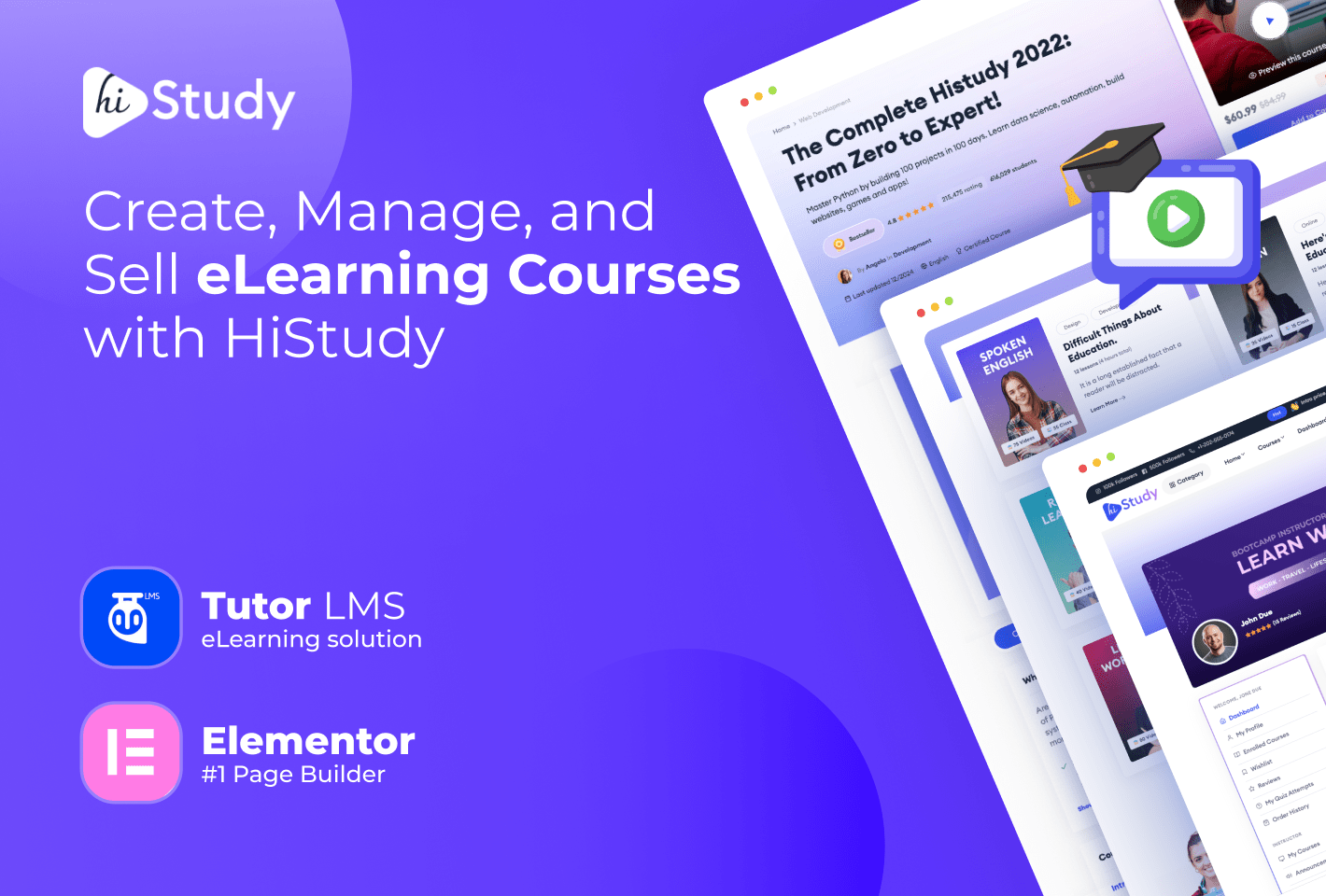Unit 03 (Landing Page) covers what landing pages are, how to choose the right type for a campaign, how to ensure ad–page message match, and which on‑page elements and tests drive higher conversions on desktop and mobile. A landing page is a standalone page with one goal and a clear CTA, designed to remove distractions and guide a single action after a click from an ad, email, or social post.
Page types
-
Lead generation: Form‑driven pages that exchange value (demo, ebook, webinar) for contact info; ideal for higher‑consideration offers and list building.
-
Click‑through/product or signup: Warms visitors, then sends to checkout, app store, or trial signup via a single button CTA.
-
Sales/long copy: Persuasive, detailed pages for complex or high‑value offers; combine benefits, objections handling, social proof, pricing, and multiple CTAs.
-
Single‑purpose variants: Thank‑you, coming‑soon, and event pages that maintain focus and funnel continuity post‑action or pre‑launch.
Ad–page match
-
Align headline, visuals, offer, and intent from the ad to the landing page; choose single‑product vs multi‑product vs lead‑gen based on why the visitor clicked.
-
Keep navigation limited, highlight one CTA, and mirror the ad’s promise to reduce bounce and confusion.
Essential elements
-
Above‑the‑fold clarity: What is offered, why pick this, and the next step; strong headline, benefit copy, hero visual, and primary CTA.
-
Trust and friction: Proof (reviews, badges, guarantees), minimal form fields, mobile‑friendly inputs, and fast load to reduce drop‑off.
-
Congruent content: Every block should support the goal; avoid competing links or secondary messages that dilute attention.
Testing and optimization
-
A/B or multivariate tests on offer, headline, CTA text/placement, form length, and social proof position; select winners on total value per session, not conversion rate alone.
-
For mobile, prioritize thumb‑reachable CTAs, concise copy, scannable sections, and image/video compression for speed






